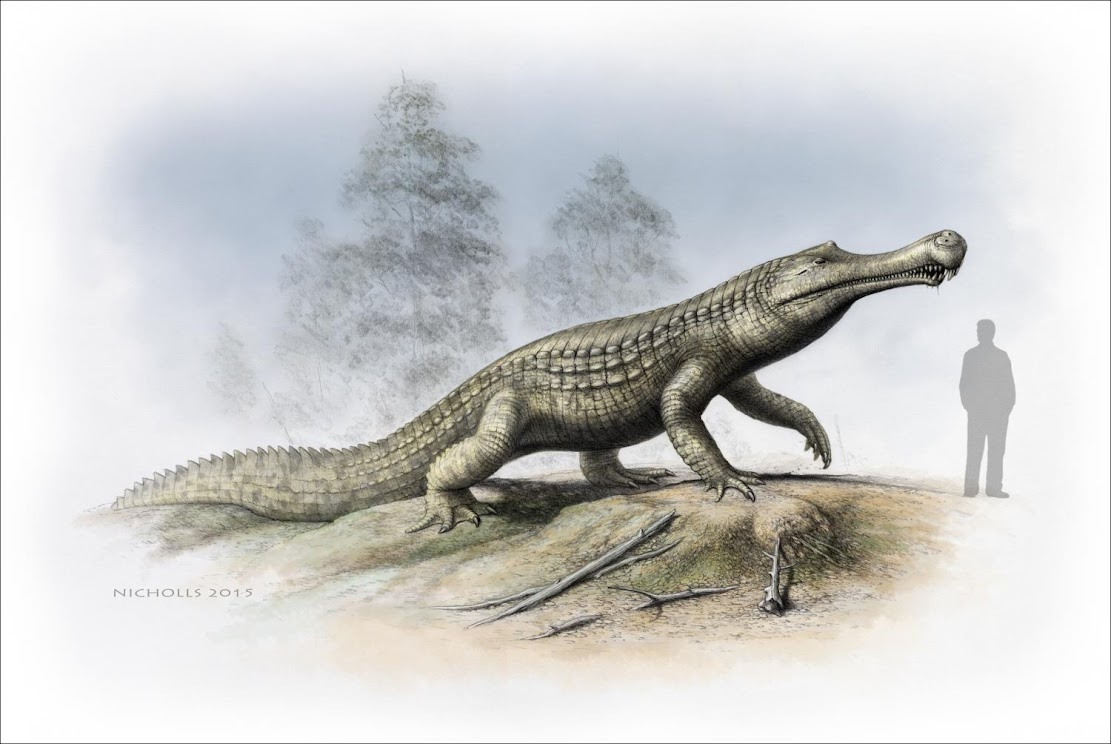The Great London [Search results for Birmingham]
Modern Hospital in Birmingham

Fossils: Stegosaurus bite strength revealed

Travel: 'Stonehenge: A Hidden Landscape' at MAMUZ Museum Mistelbach, Austria

Genetics: Mummies from Hungary reveal TB's Roman lineage

Fossils: Cold snap: Climate cooling and sea-level changes caused crocodilian retreat
